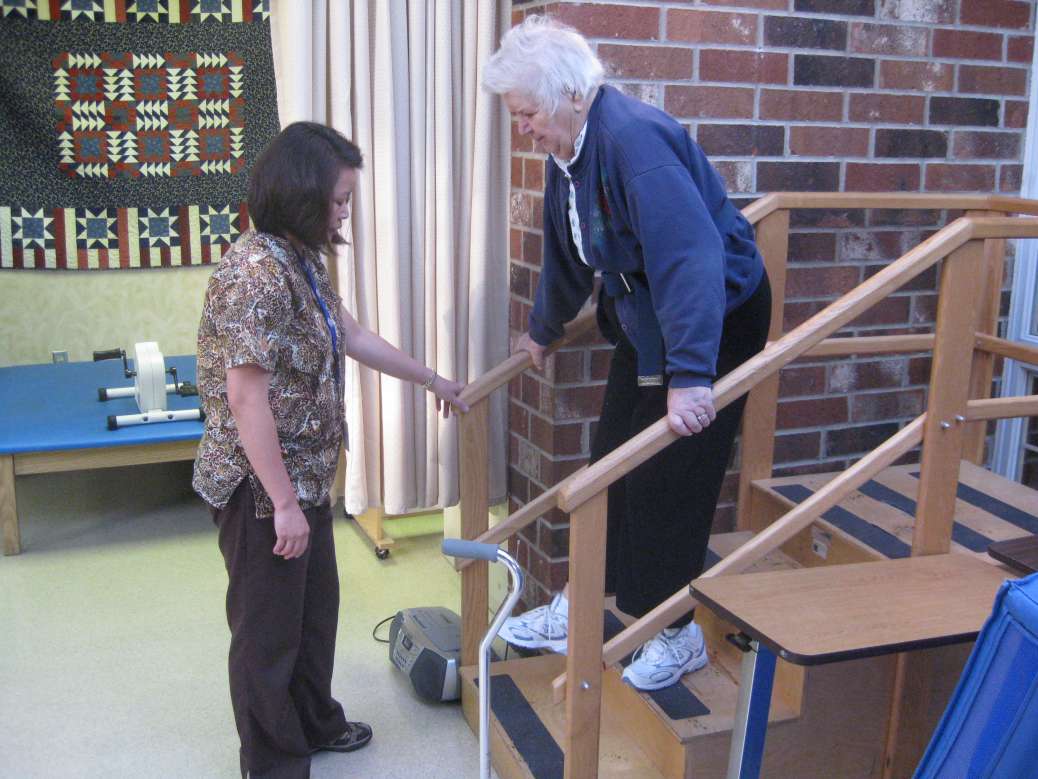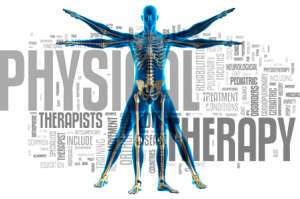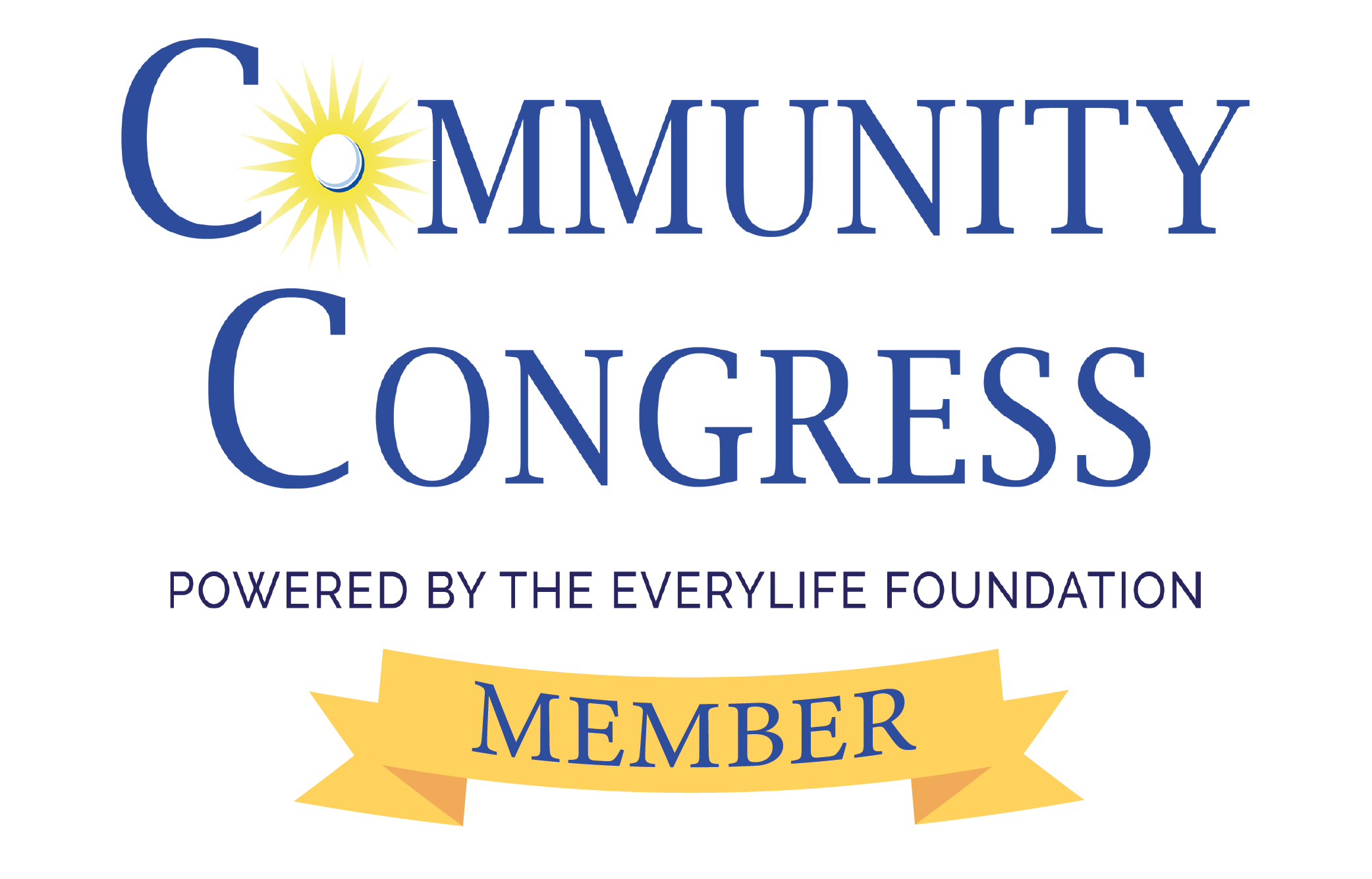Myositis and Exercise, An Interview
with Dr. Daniel Chellete, Duke University Medical Center Physical Therapy Department
Not too many years ago, exercising with Myositis was not advised, however, based on recently-published research, it has become apparent that exercise is recommended for a variety of reasons at any stage of Myositis, but it is not as simple as going out on your own and training for a half marathon.
MSU’s guest author, Dr. Daniel Chellete, analyzed recent studies concerning exercise with Myositis. Dr. Chellete is a doctor of physical therapy at Duke University Medical Center Physical Therapy Department. The department works closely with patients with neuromuscular diseases including those who are seen at the Muscular Dystrophy Clinic.
Part A: Physical Activity and Myositis New Research
Individuals with the three major forms of Myositis (also referred to as Idiopathic Inflammatory Myopathies or IIMs) often experience limiting symptoms such as weakness, fatigue, pain, and malaise. Therefore, those with Myositis can be exhausted from completing daily activities such as cooking, cleaning, and even showering, let alone a structured physical activity program.
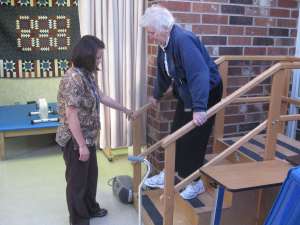 Past research and previous expert opinion voiced concern about individuals with IIMs engaging in exercise/physical activity in fear of these individuals exacerbating their condition. The reason given for this concern was the potential for over-activity to promote increased inflammation within the commonly affected muscles for each given condition. This reasoning was based upon research that found elevated inflammatory marker levels in the muscles of healthy individuals following excessive exercise. All of these factors in combination could cause individuals with IIMs to view regular physical activity as something that could negatively impact their ability to function on a daily basis. New research, however, reports a benefit to participating in structured programs including aerobic and strength training.
Past research and previous expert opinion voiced concern about individuals with IIMs engaging in exercise/physical activity in fear of these individuals exacerbating their condition. The reason given for this concern was the potential for over-activity to promote increased inflammation within the commonly affected muscles for each given condition. This reasoning was based upon research that found elevated inflammatory marker levels in the muscles of healthy individuals following excessive exercise. All of these factors in combination could cause individuals with IIMs to view regular physical activity as something that could negatively impact their ability to function on a daily basis. New research, however, reports a benefit to participating in structured programs including aerobic and strength training.
More recent research is now showing multiple benefits of participating in structured aerobic and strength training programs for individuals with IIMs. Because of fatigue, pain, and malaise, individuals with IIMs are at an increased risk for inactivity and sedentary living. This decreased activity can lead to increased risk for cardiovascular pathologies. The risk for decreased physical activity and subsequent increased cardiovascular risk make it imperative for individuals with IIMs to participate in some form of regular aerobic physical activity. Recent research has shown that individuals participating in both short-term (6 week) and long-term (24 week) aerobic exercise programs consisting of cycling and step aerobics displayed significant increases in their aerobic capacity and ability to carry out physical activities. This increase in aerobic capacity has also been linked to increased confidence of individuals with IIM in their overall ability to function physically on a daily basis.
Structured strength training has also displayed beneficial effects in individuals with IIMs. Strength training programs ranging from 6-12 weeks in duration at frequencies of 2 to 3 times per week have been shown to increase an individual’s muscular contraction force and ability to complete certain functional activities including ascending a step and raising the arms fully overhead. As these studies demonstrate, not only can regular physical activity increase the physical capabilities of an individual with an IIM, but regular physical activity can also increase an individual’s confidence in his/her ability to function physically on a daily basis and to complete various physical tasks as needed. It is also important to mention that in the studies described above, no significant increase in disease activity was found. Overall, as the evidence stands currently, individuals with IIMs can safely participate in properly structured physical activity programs while improving various aspects of physical function.
Part B: Myositis Exercise/Training recommendations
Some individuals are unsure of how best to exercise and/or be active without exacerbating their symptoms. Establishing and being dedicated to a regular physical activity program can be intimidating and daunting.
Both patients and the physical therapists/exercise specialists they are working with must consider the concepts of energy conservation and fatigue management. This is particularly important as an individual first begins a structured physical activity program.
Aerobic Exercise
For aerobic exercise programs, an intensity level that allows the individual to participate in the aerobic activity continuously for at least 20 minutes is recommended. In the early stages of the aerobic training program, this “intensity level” or difficulty level of the activity should range from 3-4 on a scale of 10 (0= not difficult at all, 10= extremely difficult). The typical weekly frequency should range from 2-4 times per week, with two times per week being the frequency during the early stages of the program, and four times per week during the later stages of the program. Types of aerobic exercise could include walking, stationary bicycling, and step aerobics.
Some studies assessing aerobic training in individuals with IIMs had individuals participate in training sessions lasting up to 1 hour. This would be considered “intensive aerobic training” and is best suited for experienced exercisers under the guidance of a physical therapist or certified strength and conditioning specialist who is familiar with IIM.
Muscle Exercise
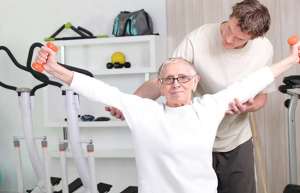 It is also important for individuals with IIMs to engage in regular, structured muscular strength training programs. Regular strength training has been shown to improve the functional capabilities of individuals with IIMs. This being said, most studies assessing strength training in individuals with IIMs have utilized various training regimens, with various exercises, frequencies of training, and intensities of training. Subsequently, there is no standard protocol that has been established. This ambiguity and variety highlights the need for individuals with an IIM looking to engage in a strength training program to consult with an experienced, knowledgeable physical therapist or certified strength and conditioning specialist with muscle disease experience in order to develop a specific and individualized strength training program.
It is also important for individuals with IIMs to engage in regular, structured muscular strength training programs. Regular strength training has been shown to improve the functional capabilities of individuals with IIMs. This being said, most studies assessing strength training in individuals with IIMs have utilized various training regimens, with various exercises, frequencies of training, and intensities of training. Subsequently, there is no standard protocol that has been established. This ambiguity and variety highlights the need for individuals with an IIM looking to engage in a strength training program to consult with an experienced, knowledgeable physical therapist or certified strength and conditioning specialist with muscle disease experience in order to develop a specific and individualized strength training program.
When developing a strength training program, both patient and practitioner need to be aware of which muscles are most affected by the patient’s condition. While it is important to train and strengthen these affected muscles, extra attention must be paid to energy conservation and fatigue management when completing exercises focusing upon these muscles. It is also important that the strength training program address non-affected muscles as well. There is some thought that strengthening of non-affected muscles can help to compensate for the weakness or fatigue of more affected muscles.
As a general rule, muscles important to focus upon via a strength training program include the muscles of the posterior shoulder (to assist with proper posture), muscles of the core (to promote proper stability of the spine and hips during functional activity), and muscles of the hips and thighs (particularly the gluteus maximus and gluteus medius muscles for hip stability during dynamic activity) and the quadriceps musculature (for completing activities such as ascending stairs or rising from a chair.)
Summary
The over-arching goal of the program should be to improve the patient’s ability to perform and complete the activities of daily living that are important to him/her and to improve the patient’s confidence in his/her overall physical abilities.
Overall, it is highly important that individuals with an IIM who are interested in beginning a structured physical activity program including aerobic and muscular strength training components obtain a physical examination from their primary care physician prior to assess their readiness for structured physical activity. These individuals also should consult with and seek the guidance of a licensed physical therapist or certified strength and conditioning specialist who has experience training individuals with neuromuscular diseases.
Contact your physician prior to beginning an exercise program for myositis to avoid injury.
—————
Dr. Chellete’s research is based upon his experience as well as Myositis-related exercise research published by the following physicians and researchers:
Alexanderson, H., Dastmalchi, M., Esbjörnsson-Liljedahl, M., Opava, C., & Lundberg, I. Loell, I., Ståhlberg, M., Borg, K, Habers, G., & Takken, T., Munters, L., Andgren, V., Emilson, C., Bergegård, J., Regardt, M. Wiesinger, G.F., Quittan, M., Aringer, M., Seeber, A., Volc-Platzer, B., Smolen, J, M., Graninger, Ebenbichler, G., Sturm, B.,

